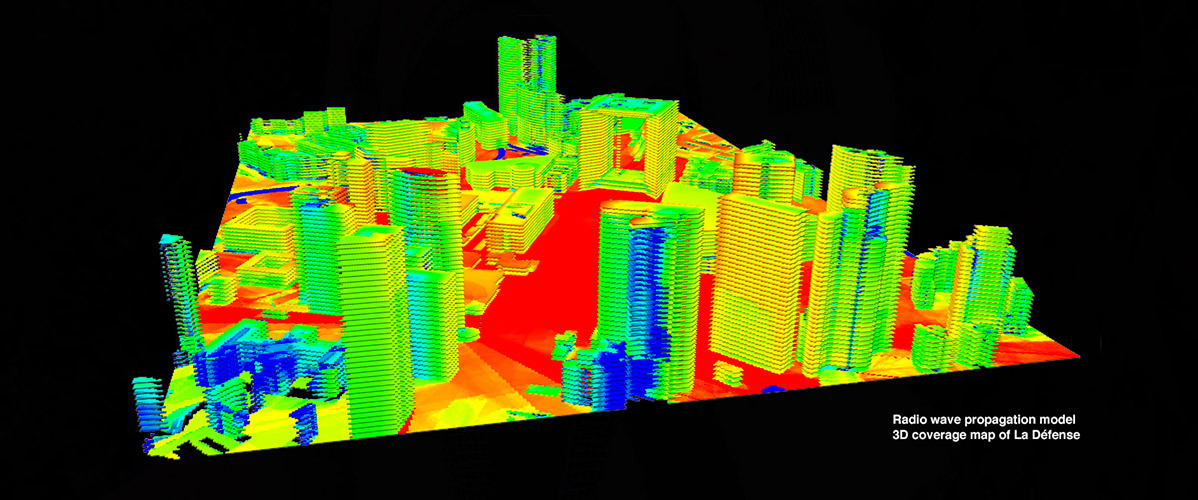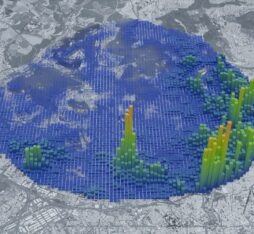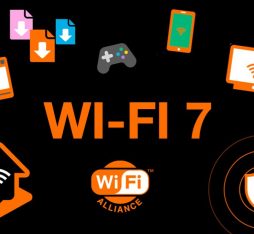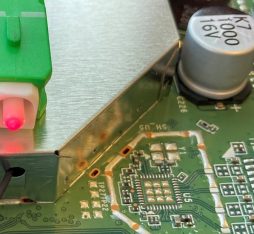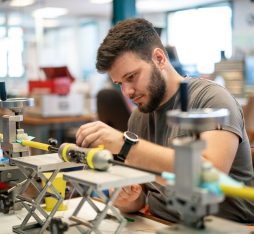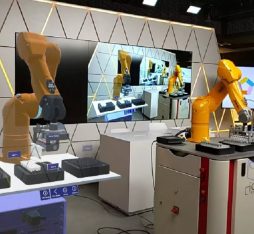"The model developed by Orange is the only one to date to integrate and characterise the spatio-temporal diversity of the propagation channels."
Since the 1990s, Orange has been developing its own propagation model, which first came onto the market in 2007. Nowadays, it is the “gold standard” for the field and is viewed as the world’s best model; serving as a base for the design and maintenance of the majority of the 3G and 4G networks used across the world. It is used by almost 300 customers, including, for the most part, operators and manufacturers, as well as regulatory agencies.
A top model which continues to evolve
Distributed as a software license across the three leading radio engineering platforms in the world (Infovista Planet, Teoco Asset and Forsk Atoll), Orange’s model is subject to continuous research and improvement. A mandatory optimisation policy, that guarantees up-to-date maintenance and efficiency, ensures the model draws closer to reality and keeps on reducing the associated computation times in spite of ever more complex algorithms.
In 2018, a new historic milestone was reached when the model was updated with the launch of the 500 version, once again making it even more unique on the radio engineering market.
Indeed, the 5G standard’s operating conditions are a game-changer and lead to a significant update – not to say upgrade – of the model.
Perfectly suited to high frequencies
The utilisation of higher frequencies and the implementation of Massive MIMO focal technologies, make 5G a major breakthrough in terms of how mobile networks perform. This is also the case in the radio propagation world. Where smooth operation of a single-antenna system depends solely on signal strength, Massive MIMO, which uses multiple antennas, makes best use of the spatio-temporal properties of propagation. This diversity should therefore be incorporated into the model: “it still simulates the signal strength, but must now reproduce how it builds up”, explain Benoit Riche and Yohann Bénédic, research engineers at Orange, “namely, which proportion arrives directly, which not, how delayed… Specifically, the model establishes the propagation channel’s impulse response, actually breaking down the received signal into its multipath compounds. Such accurate simulations did not use to be necessary, but 5G technologies now exploit these phenomenons to increase speeds. Moreover, the model developed by Orange is the only one to date which can carry out these direct diversity simulations”.
4D propagation simulations
In addition to strength and diversity, the 500 version is capable of simulating other characteristics of propagation channels, such as phase differences, changes in polarisation, delays, etc. This indeed makes the model perform “4D” simulations, in which the 3D topography (terrain height, actual shape of buildings), natural and superficial materials, the four propagation phenomena as well as the arrangement of the MIMO antennas are accounted for. “Some characteristics that were overlooked in previous network generations now have a significant impact on the 5G standard and new modules had to be developed and integrated in order to simulate them. This includes, for example, vegetation and some natural phenomena such as hydrometeors. The more the operated frequencies increase, the more we depend on the accuracy of building shapes. For example, in its current version, the model is the only one in the world to handle the hole in the Grande Arche de la Défense.”
Network performance guarantee
All of these advances in radio wave propagation modelling are essential to 5G deployments and to ensure that future networks are efficient. By providing highly realistic and accurate simulations, the model paves the way for accurately designed and planned radio systems. Beyond this and combined with other radio engineering tools such as antenna optimisation solutions, the model can be used for other applications, such as improving the coverage of existing networks. The 500 version is a good starting point for 5G.
From research to software distribution by partners, this model illustrates how Orange shares and proposes its innovations to ecosystems, in all markets including B2B.

